There are generally few surprises when it comes to remastered games. No doubt, the graphical enhancements are the most predictable, and we often see updates to control schemes and the like. Capcom didn’t set forth to reinvent the remastering wheel when it came to Onimusha: Warlords, one of the more beloved (but peculiarly, not often discussed) PlayStation 2 classics.
Old House, New Paint
The developer went down a laundry list of typical remastering goals and happily checked off each box. Better graphics? Naturally, with high-resolution textures and wide-screen support — even the CGI cutscenes saw some love. What about performance? The game runs firmly set at a solid 60 frames per second, making it the smoothest Onimusha to date. So, of course, the controls must be better than ever. Well, that’s where we meet a speed bump. While Onimusha: Warlords Remastered still remains an enjoyable demon-slaying romp, improving the archaic and notorious “tank controls” was the hurdle on which the minds of Capcom stumbled.
To clarify, the controls are not the allegorical Achilles’ Heel for Onimusha Remastered. Instead, it’s more of an issue of retraining your brain to use a control scheme that historically never fails, but does so here. Yes, the game allows you to use the left analog stick of a controller to move, as opposed to only the directional pad in the original 2001 release. However, while the analog control works rather well when moving around a small room, traversing to a new area is when things get hectic.
Onimusha uses fixed camera angles. Using the directional pad, holding forward sends our protagonist Samanosuke straight ahead, no matter how many fancy angles the camera wants to take. It feels natural, and it should; it’s how the game was designed. But throwing analog controls into the mix gums up the process. Rewriting the code would have been nigh impossible, and far too much effort for such a cut-and-dry remaster.
Thumb War
Instead, the game applies the rules governing the directional pad onto the analog stick. Holding a direction will continue to move Samonosuke straight and true, even as the camera dances along at differing angles. It sounds like it should be easy to learn after some initial wavering. But the moment your exploring stops at a demon fight or sharp corner, that confidence drains away. Your brain works against you, as muscle memory tries to position Samanosuke toward the intended destination or target, only for you to realize that you and the game have differing opinions on which direction “forward” is.
This isn’t a major issue during exploration, as you can recover and quickly move along. But run into a pack of demons that desperately need a good slaughtering, and the controls become a bit of a handicap. For example, imagine you’re holding the analog stick to the left to move “forward” and the camera snaps behind you to show the enemies in your path to the right. In games designed with analog controls in mind, readjusting your ingress is a simple matter. However, it’s not so simple here, and the wrong adjustment could send you swinging at shadows.
When the wrong move could mean the difference between launching an attack or eating a katana for breakfast, the controls can be aggravating. However, releasing the analog stick resets the direction back to the proper axes. It can get annoying to constantly stop and start your movement just to ward off confusion, but it’s a necessary evil.
An Old-Fashioned Beat Down
We can take some comfort, at least, in the fact that despite the lingering movement problems, Onimusha is still an excellent action game. Combat is easy to learn. This is good, because the game wastes little time on tutorials, opting to throw your ass into the fire from the word go. There is only one button press to attack, while you hold another button to focus on enemies and use directions to sidestep, thrust your weapon, or kick.
During the game, Samanosuke gets his hands on three weapons: a katana, a broadsword, and a double-bladed weapon. Each is capable of unleashing an elemental attack consisting of lightning, fire, and wind respectively. You can block attacks from any angle, even from behind. There are also long-range weapons, such as the bow and musket, which lock onto most enemies. Switching weapons can be a tad clunky, though. You have to stand still and tap a button to cycle between said weapons, which gets awkward during heated combat. But that’s actually just about all there is to fighting. And it may simple, but it works.
No doubt, the younger generation may balk at the lack of dodge rolls and counter farming, but I enjoy the rudimentary combat of Onimusha. I have a lot of hack-and-slash games under my belt, the original Onimusha being one of them. Over the years, I have enjoyed the evolution of putting boots to faces, or swords to limbs. Going back to the basics, however, felt refreshing. Sometimes, you just want to button mash your way through a horde of demons. Hard-hitting, meaty combat is Onimusha‘s forte, and it does this very well.
Familiar Footsteps
The design philosophy of Onimusha is the classic Capcom formula. Much like its cousin, Resident Evil, Onimusha takes place in a confined environment. There is some light puzzle solving, many of which involve you figuring out slider puzzles for traps or chests containing keys. Others, naturally, require you to fit some object into a similar-shaped indention in order to progress. There are also some horror elements, notably from the shambling demons, some grotesque areas, and some rather nasty bosses (that wasp lady… yikes). There are contrasts between the two games, obviously.
For one thing, Onimusha also employs some role-playing elements. Using the Ogre Gauntlet which Samanosuke acquires at the start of the game, you hold a button to absorb souls dropped from the corpses of demons. There are three types of souls: red, yellow, and white. Red souls act as experience and can be spent to upgrade weapons and magic. Health and magic are replenished by yellow and white souls, respectively. Upgrading is important, as not only does it increase weapon and magic damage, but also because some doors won’t open unless your magic power is at a certain level.
Demons vary in both size and strength, and the bigger the opponent, the more souls you can gather. At least, that’s the theory; you have to kill them first. Some of the bigger baddies are equipped with massive weapons that can hit like a truck, so you generally have to work hard for those precious souls. The game isn’t overly difficult, by any means, but you still may die on occasion. Onimusha doesn’t have checkpoints, so be sure to save often. This is especially important as you still can’t skip in-game cutscenes. There is a new easy mode option available, though.
Castle Crasher
Another difference is that Onimusha is set in 16th century Japan, in and around a castle, as opposed to a creepy mansion. You traverse through paneled rooms, winding hallways, lush gardens, and dark, foreboding caves. Our hero, Samanosuke, was drawn to the castle by the request of a princess. On arrival, demons swarm in and whisk her away, as demons are wont to do. And so, the samurai and his kunoichi (or female ninja) companion, Kaede, set out to rescue her. It’s your classic princess-rescuing trope, but it works well enough to provide you with some agency.
On occasion, control is swapped to Kaede, usually to help solve puzzles or to rescue Samanosuke’s dumb ass when he gets in trouble. Unlike her burly companion, Kaede is only equipped with a knife and a handful of kunai. Being weaker, Kaede relies on agility to quickly slice down demons, or leap over their heads for an instant-kill throat slice.
However, remember those control issues I mentioned? They are far worse when using Kaede, who has a much harder time button-mashing through demons. The finicky analog controls are damn near useless with Kaede, as her more precise abilities require precise movement. Instead, I found myself switching to the directional pad when fighting with Kaede. It isn’t a huge problem, but having to swap back and forth between movement options is jarring, and it can pull you from the experience.
A Bare-Bones Remaster
So, let’s talk about the “remastered” part of Onimusha: Warlords Remastered. Available on PC for the first time, Onimusha comes with a smattering of the expected upgrades. As mentioned, the game has been given resolution options and wide-screen support. There currently is no support for ultra wide-screen monitors, although you can still play the game in its original 4:3 display, if for no other reason than for authenticity. But then you’d be missing out on the new screen scroll feature for wide screens, which allows you to view more of the surrounding environment. There isn’t much to say regarding graphical options, however. You’re limited to changing resolution and display type, but, well, that’s about it.
Characters and textures are all in high resolution and look fantastic — mostly. The only issue this presents is with the backgrounds. Characters look so vibrant and clean (well, mostly) that they make the aging, computer-generated backgrounds look worse when the two are juxtaposed. The backgrounds are in higher definition, yes, but they don’t come close to matching up with the updated characters. It’s not terrible, by any means, but it is a tad distracting. A new soundtrack was also recorded for the game, but since I can’t recall how the original sounded, it’s hard to compare. Regardless, while the soundtrack itself does a good job setting the tone of the game, there wasn’t a point in which it stood out.
Tools Of The Trade
I recommend playing the game with a controller, but you can use the mouse and keyboard just fine if that’s your preference. You can also rebind the keys, which I strongly recommend, as movement and ability options are all over the damn place. Left bracket and forward slash to change targets? Are you kidding me, Capcom? I mostly used the Xbox One controller during my playthrough. But for those of you wondering, yes, I also played a bit using the PlayStation 4 controller, which seemed to work flawlessly.
Still, the game runs beautifully. It never dipped below 60 frames during my playthrough, nor did it freeze, stutter, or crash. It’s almost remarkable considering it’s a PC port of an 18-year-old PlayStation 2 game — although to some extent you’d hope it’d run well on a modern PC.
Age Before Beauty
Onimusha: Warlords Remastered isn’t lengthy by any means, coming in at around five hours. It’s a brief adventure for sure, but a damn good one. All the upgrades granted to the remaster add a nice layer of polish over what was already an example of one of Capcom’s finer action games. The control issues do it little favors, but if you give yourself time to make the adjustment, you’ll find it well worth the effort.
Onimusha: Warlords was a trendsetter, having laid the foundation for many modern action games. This remaster breathes new life into this classic, making it the best, and most accessible, version available. Wipe the dust off that Ogre Gauntlet — it’s time to slay some demons.

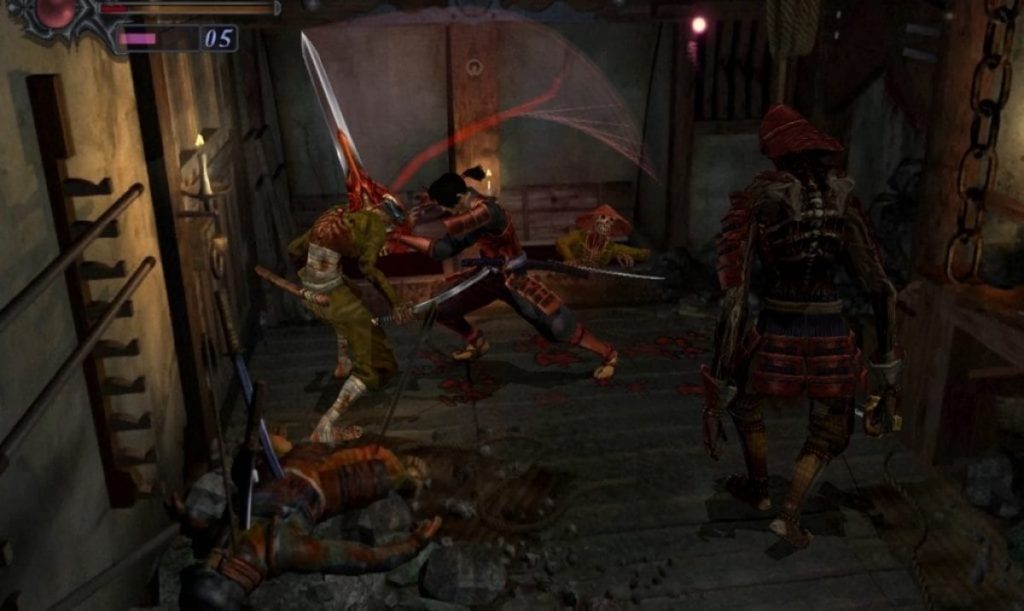
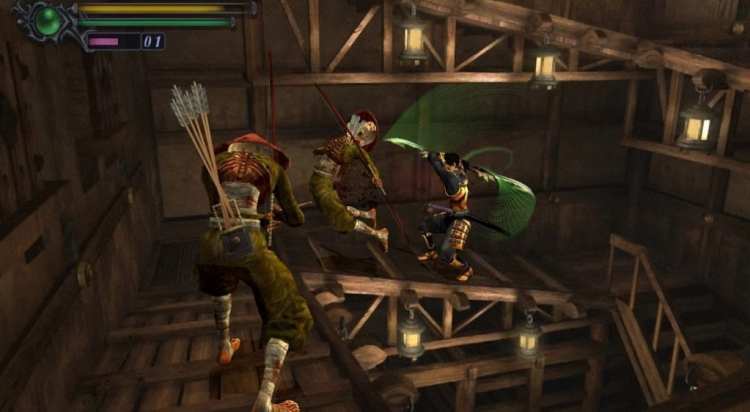
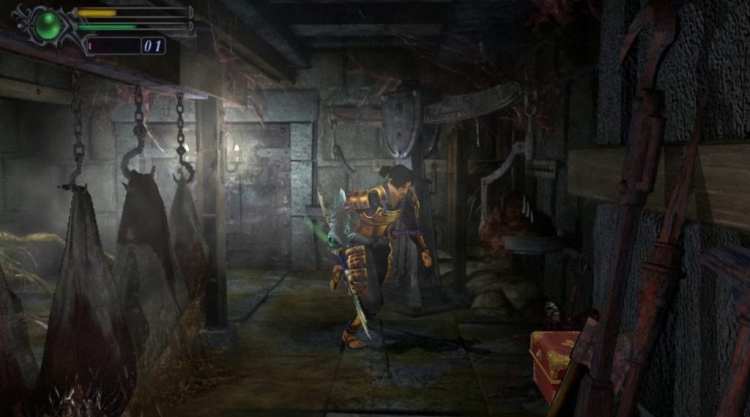
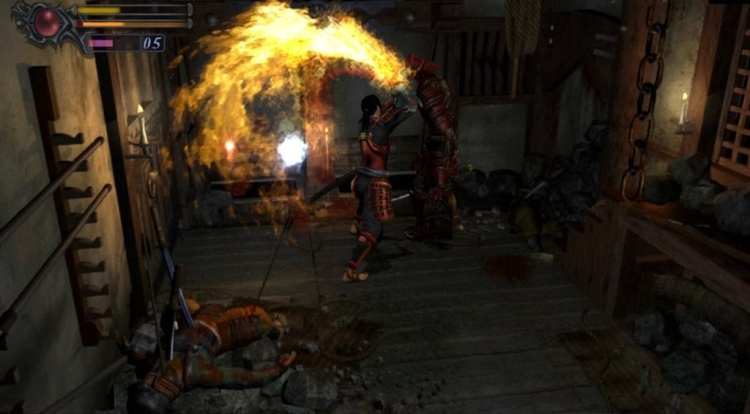
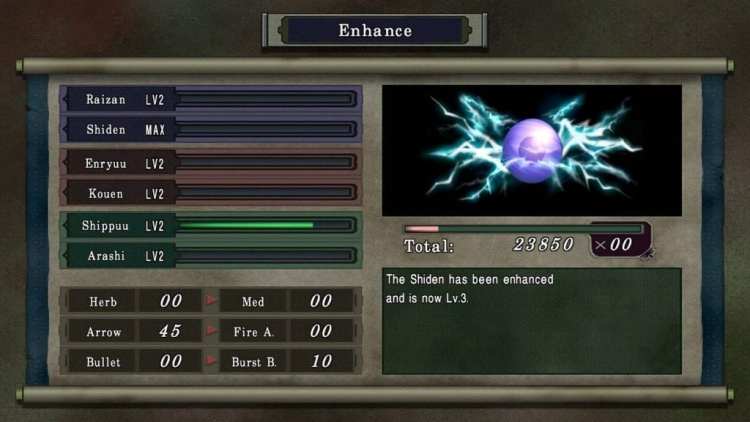
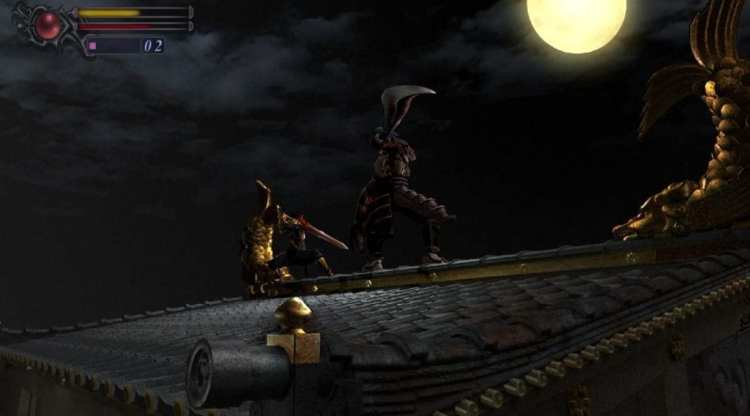
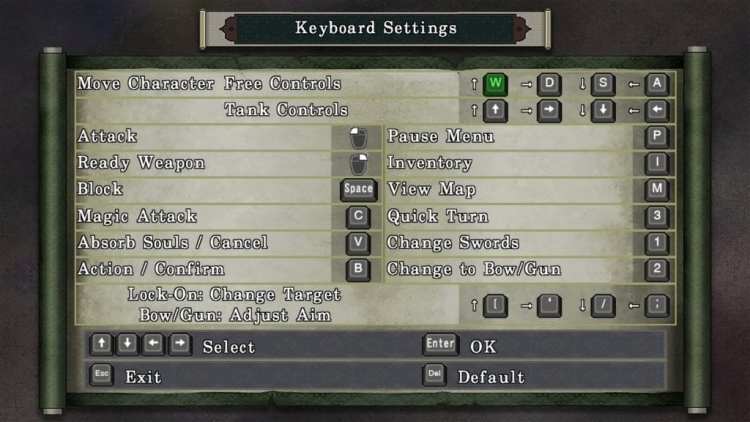





Published: Jan 15, 2019 03:00 am